About 2015 Fu Ding Gong Mei White Tea
Our Gong Mei is produced in Pan Xi Town, Fu Ding City, Fujian province in China. Gong Mei sometimes is also called Shou Mei because it is a more premium version of Shou Mei, made of better raw material. Gong Mei is more tender than Shou Mei, since its picking time is earlier (but both are later than White Peony).





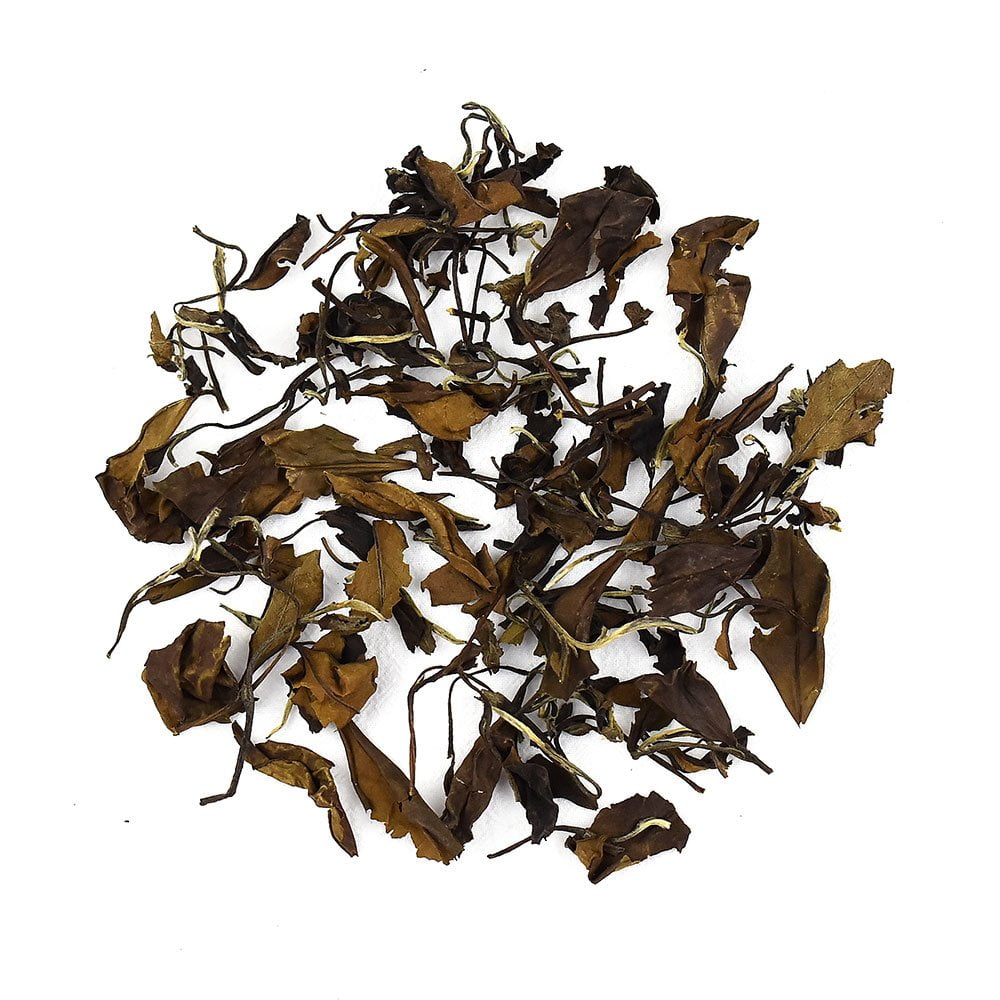
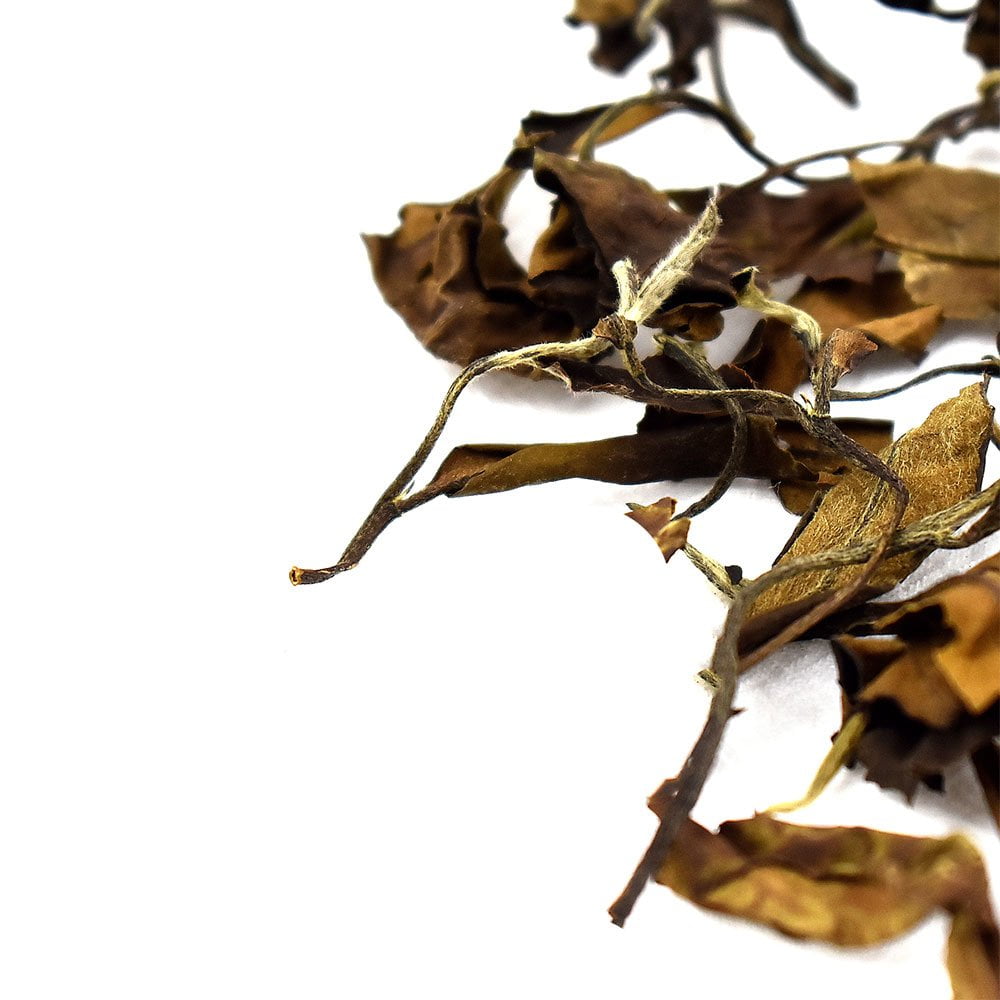
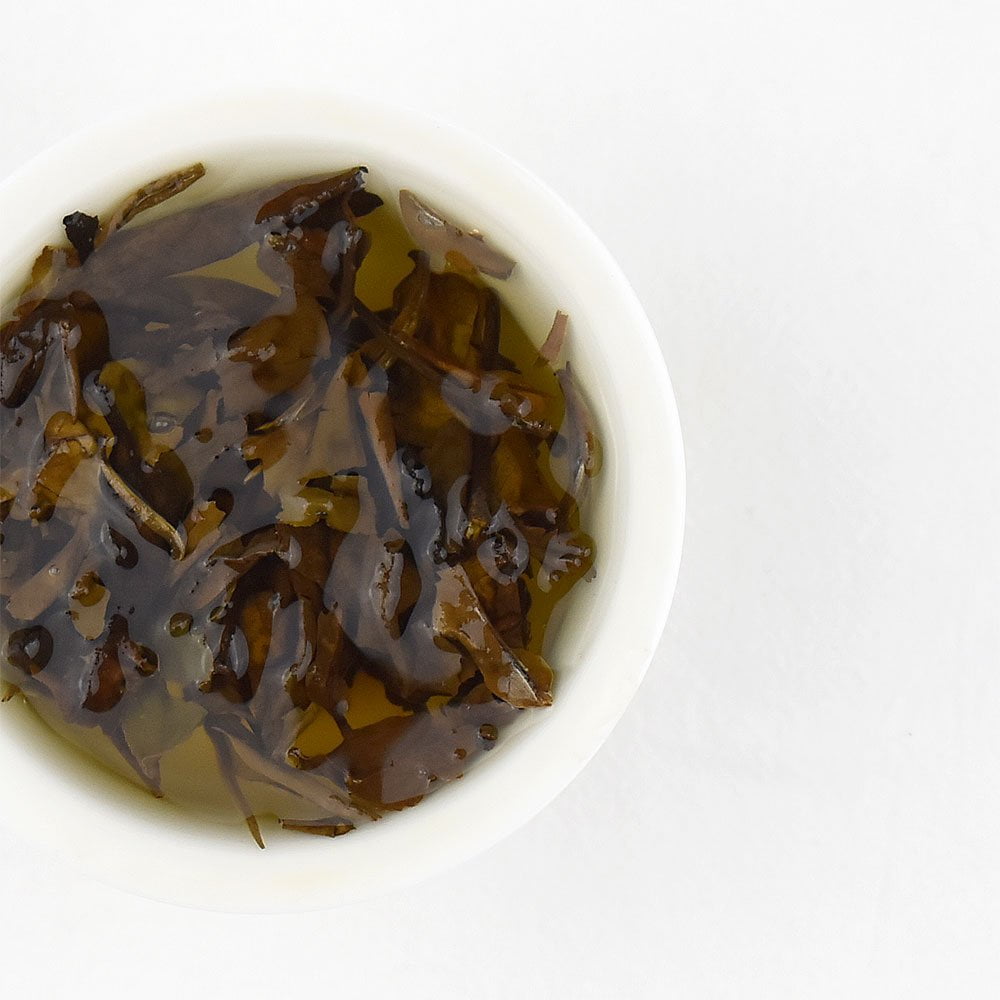
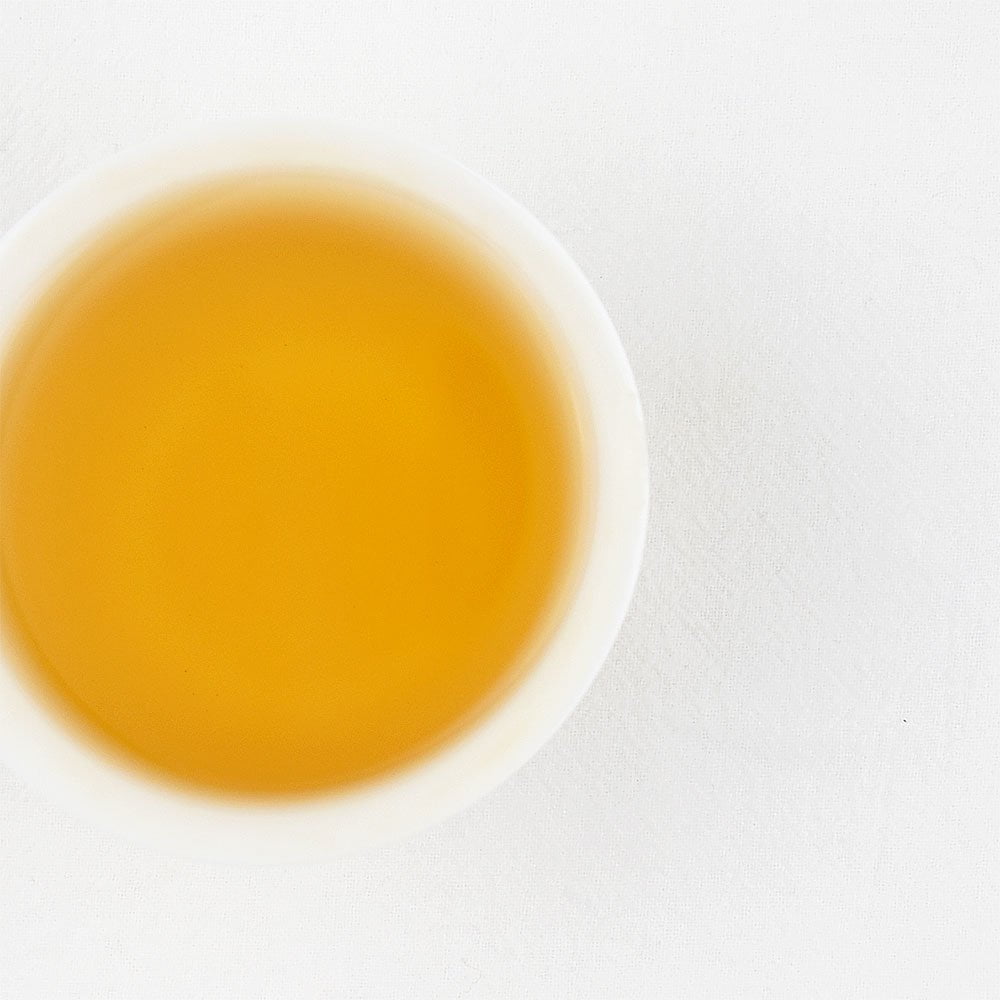
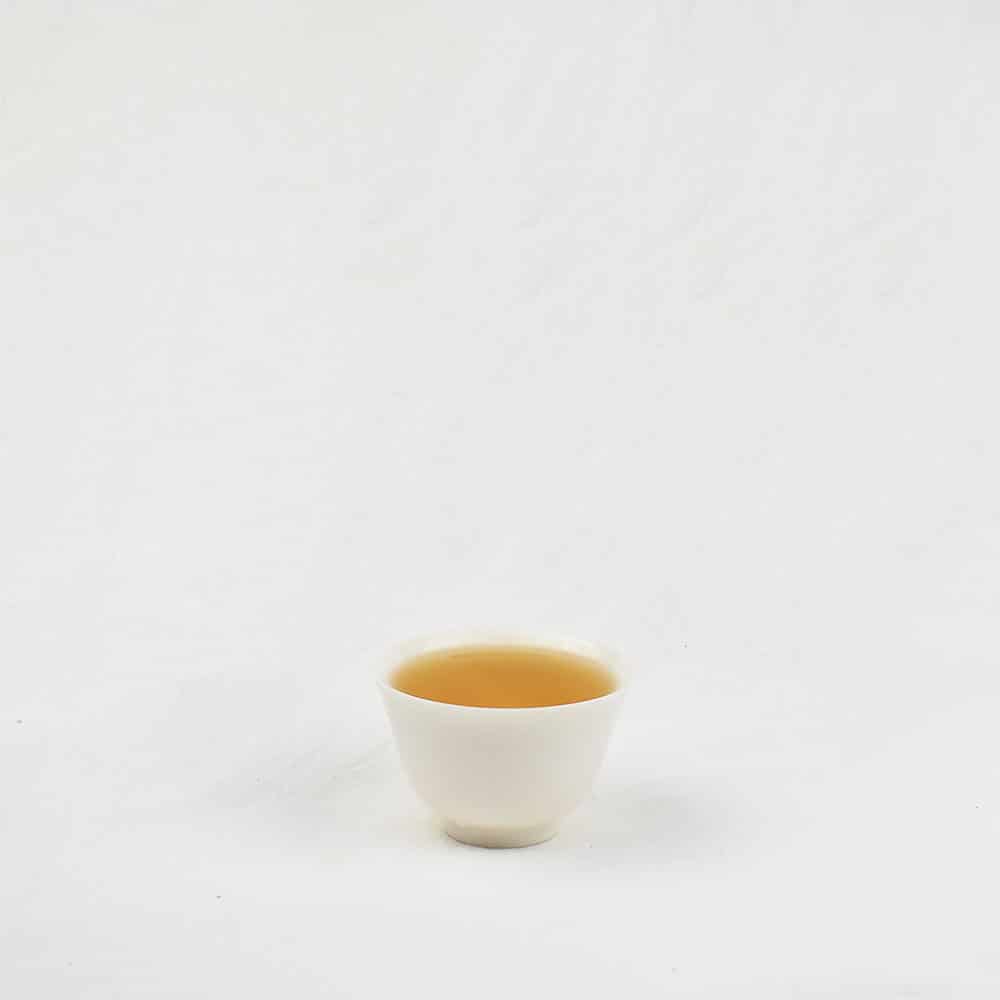
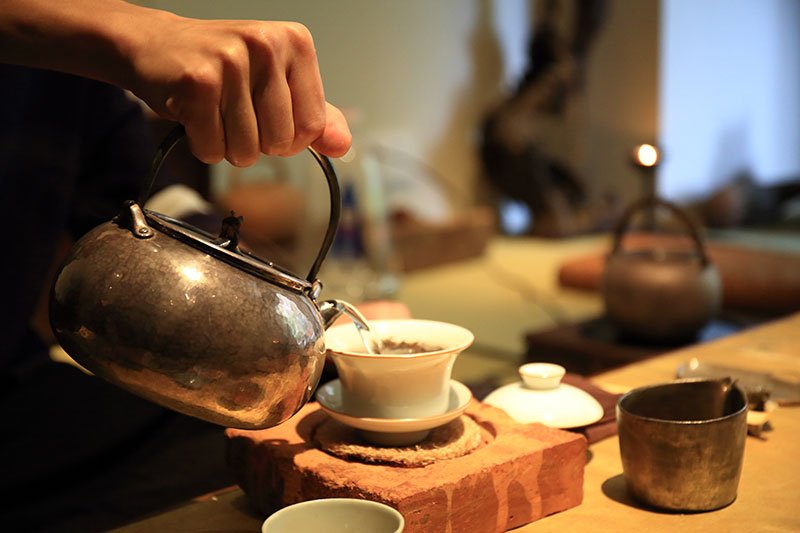

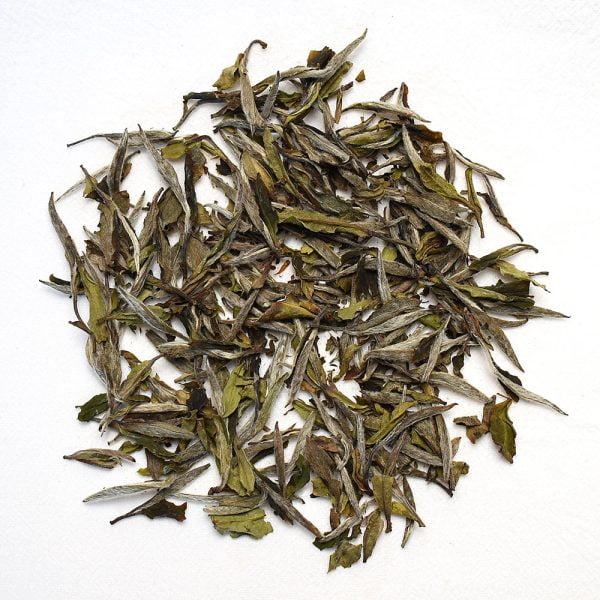
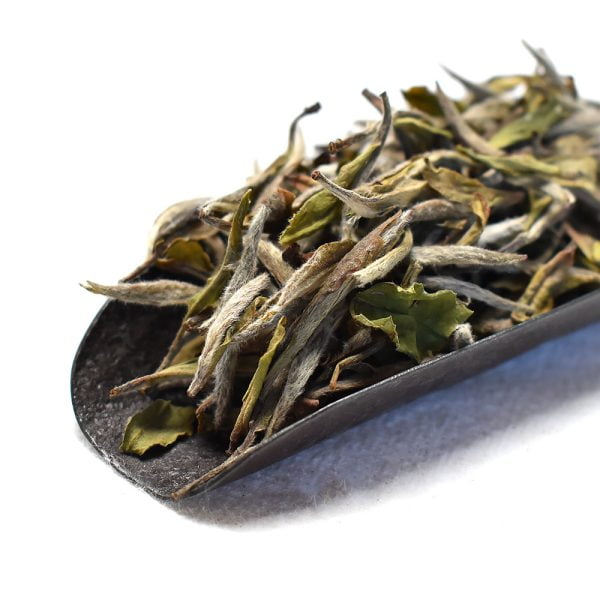
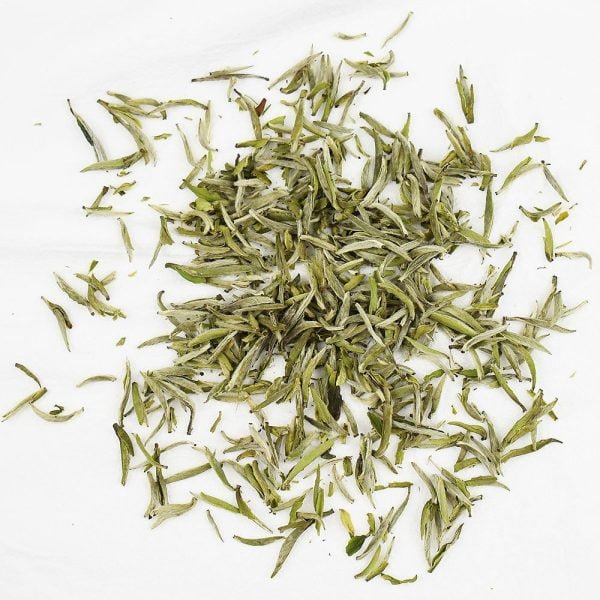

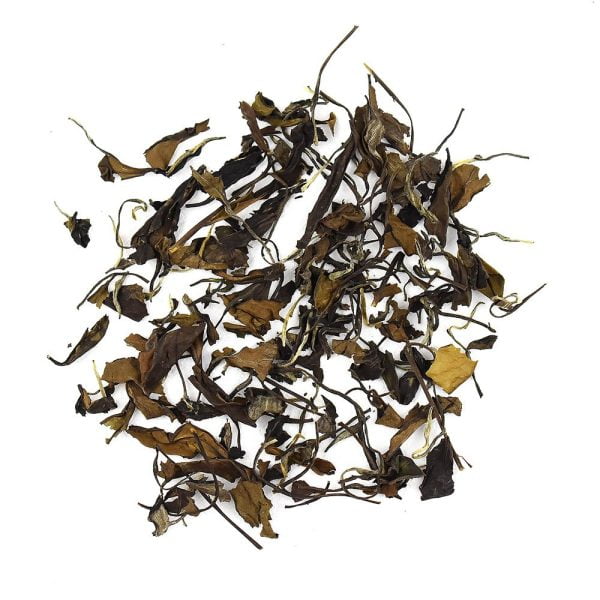

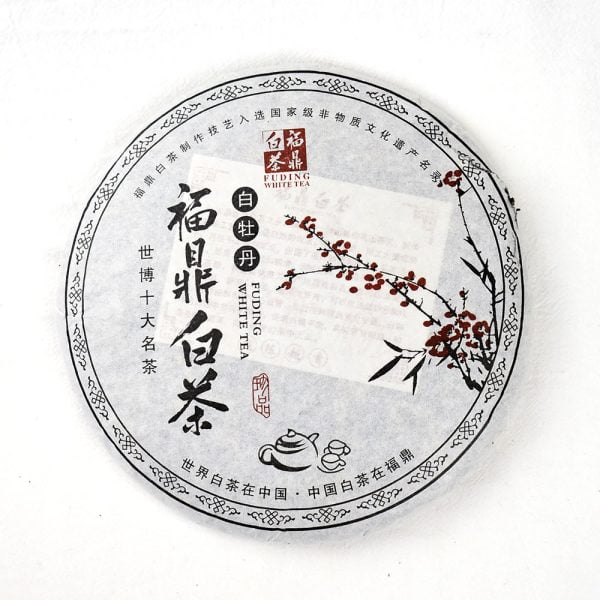
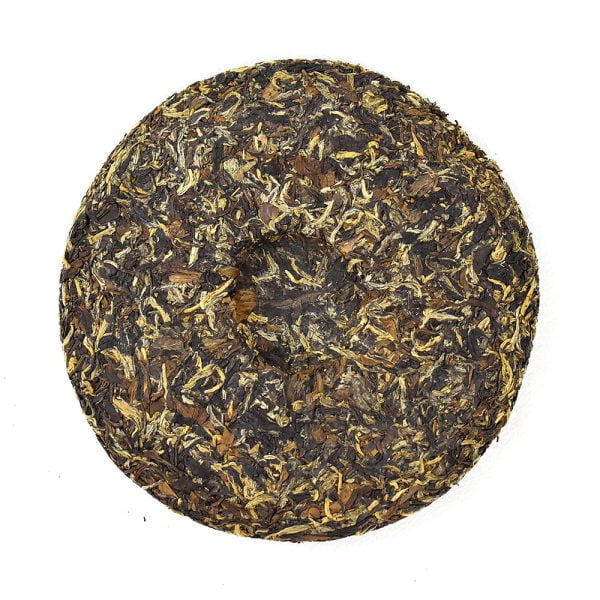
Nerida –
I’ve been buying this for a while now , it’s such good value for its age ,?I have it everyday , it has a lovely sweetness about it , I’ve tried so many , ones with a bit more age than this one and I’ve gone back to this one , I love it ❤️
Kate –
A really mellow example of a fantastic white tea. The sweet aftertaste is incredibly moore-ish!
Ali –
This tea has a nice clarity when brewed and the flavour is very more-ish. A real palate cleanser.
Jesse C. –
I bought a whole lot of this white tea from different sites and this was by far the best one. As a lifelong tea drinker and white tea connoisseur, I can happily say this is very, very good tea.